
Consumers
Top 10 Most Popular Luxury Fashion and Accessory Brands in China
by
Amrita Banta | November 28, 2016
Agility Research shares with Luxury Society which luxury brands are leading today in China amongst an affluent audience.
In 2015, China made up 20% of the global luxury market and will soon overtake Europe and the US as the market with the highest value for the luxury sector. It is of no surprise that many luxury brands are competing to boost their brand value and mindshare in this market.
Different indices have been created in the past to measure brands’ value, yet most of them rely only on hard quantifiable values such as revenues and the growth rate of the brand. These two metrics make up a brand’s market share, and market share is often used as the most valued indicator to a brand’s success in a market.
While it is indeed a crucial indicator; we believe too much dependency on such an indicator undermines the reality that a brand’s success needs to also be measured by its mindshare among the market and consumers’ perception of the brand, especially in a giant consumer market like China.
Not only would these insights provide a more complete picture to a brand’s success in the market; it could also shed light on how successful the brand’s marketing campaigns have been in promoting the brand to the consumers, how engaged and relevant the messaging is and how the brand resonates with its target audience.
Agility Research and Strategy’s Brand Index Rankings for 2016 - 2017 have been designed to provide such insights. This year in June, we interviewed 2,441 affluent respondents in 8 markets: Mainland China, India, Japan, South Korea, Taiwan, Hong Kong, Singapore, and Malaysia.
For the purposes of this analysis, Agility asked respondents to select from a pool of 20 popular brands which ones they associate with specific qualitative attributes, which indicate the mindshare of the brands. Details on the methodology of the study can be found here.
Top 10 Most Popular Luxury Clothing and Accessories Brands in China
These are what we found to be the Top 10 most popular luxury clothing and accessories brands in China based on their index scores.
10. Montblanc
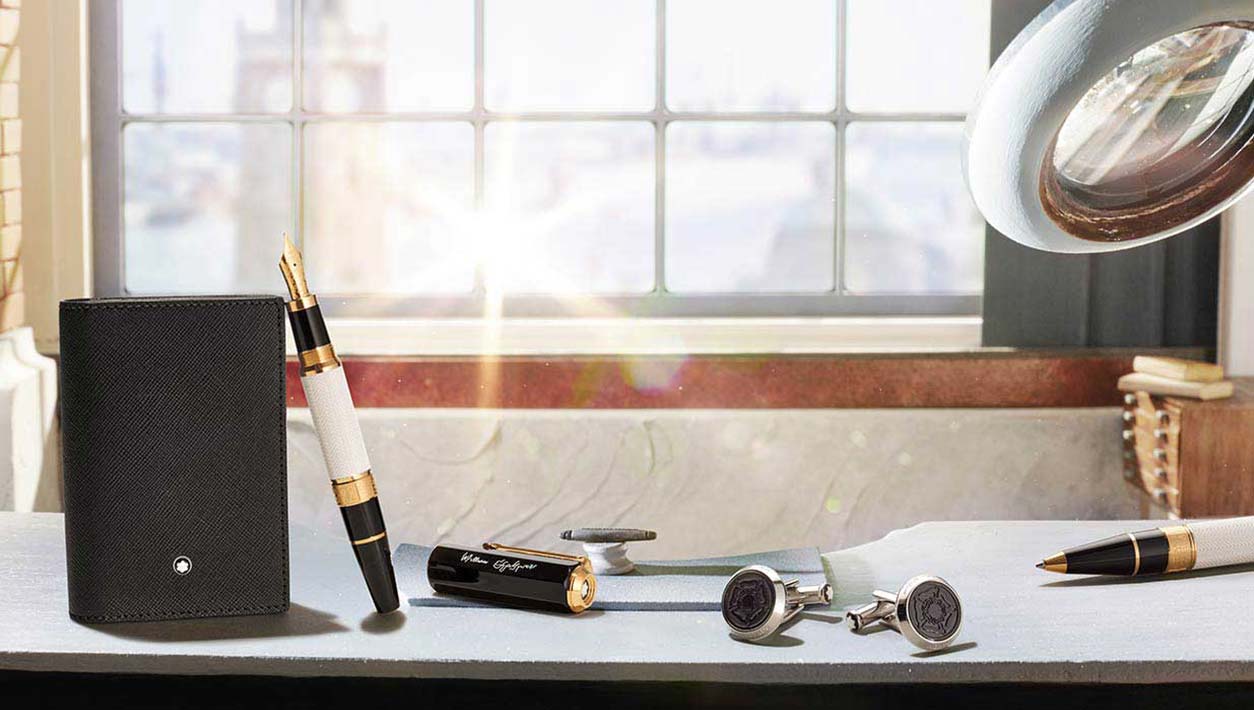
Number of Montblanc stores in China by end of 2015: 115
9. Gucci
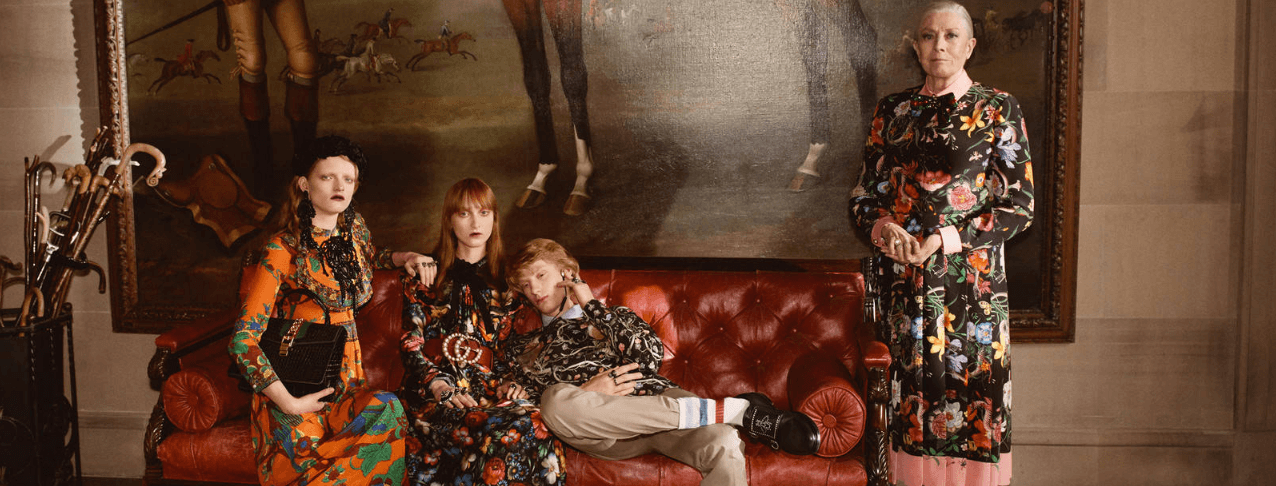
Number of Gucci stores in China by end of 2015: 60
8. Prada
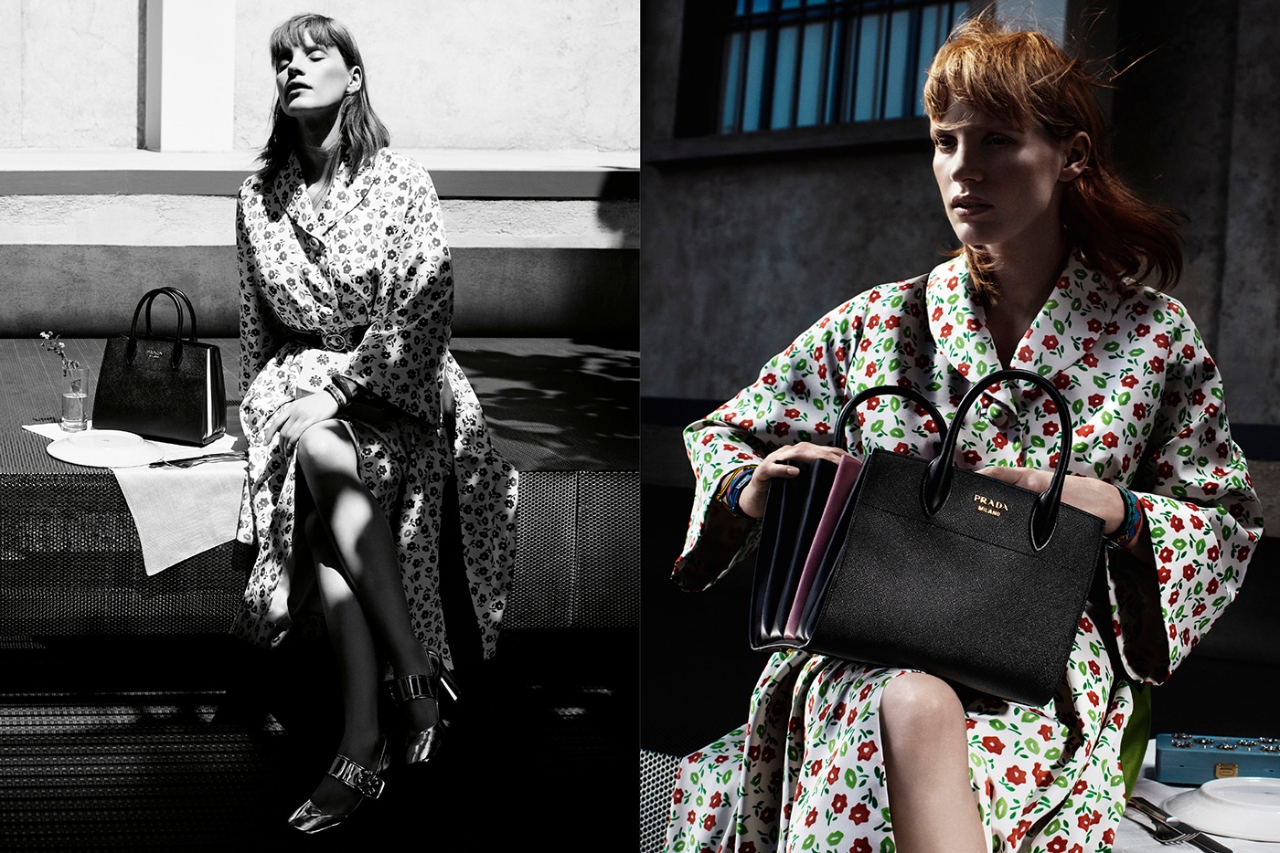
Number of Prada stores in China by end of 2015: 40
7. Armani

Number of Armani stores in China by end of 2015: 154
6. Versace
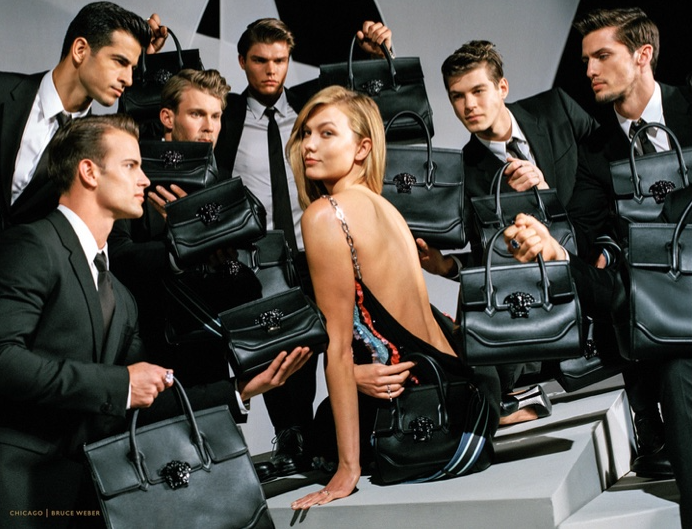
Number of Versace stores in China by end of 2015: 36
5. Burberry
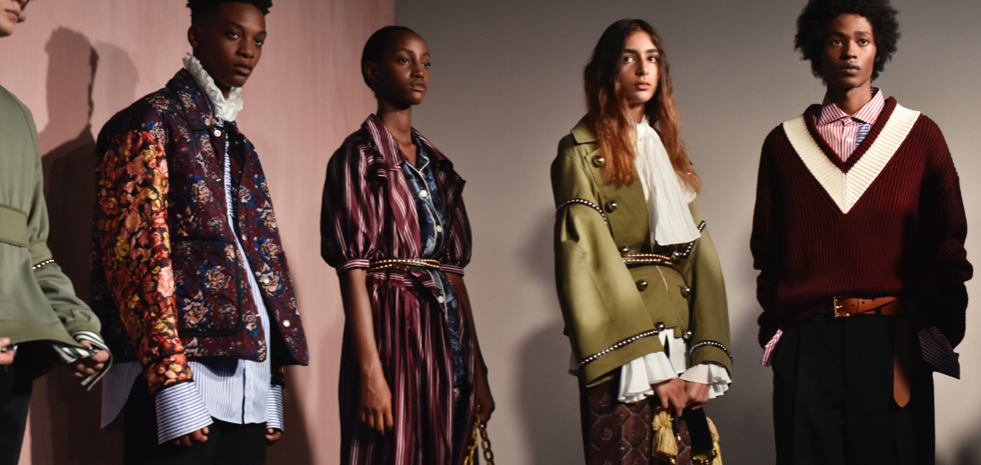
Number of Burberry stores in China by end of 2015: 55
4. Louis Vuitton
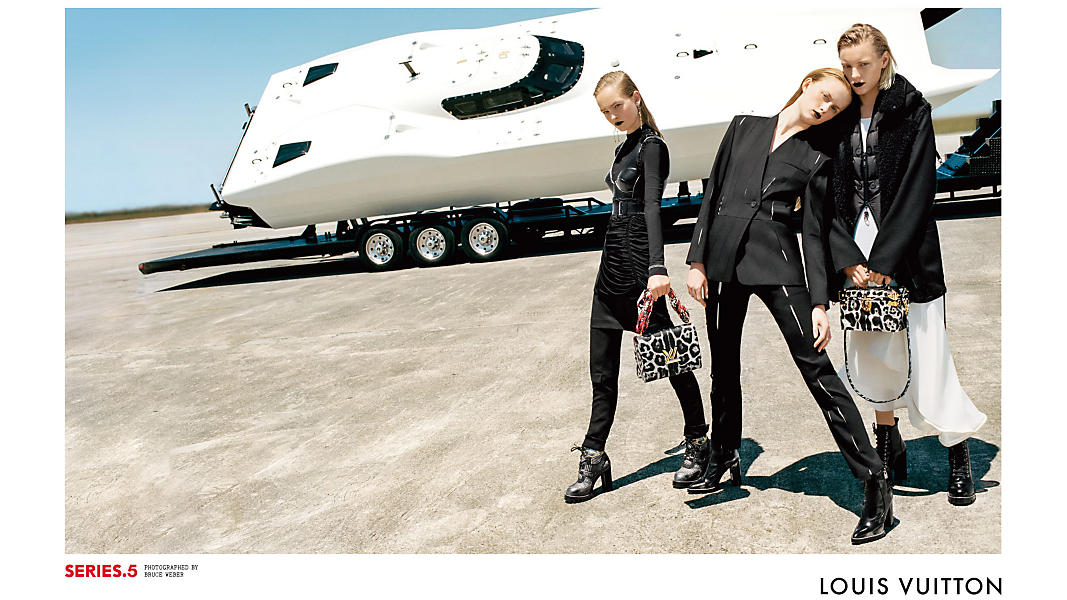
Number of Louis Vuitton stores in China by end of 2015: 44
3. Hermes
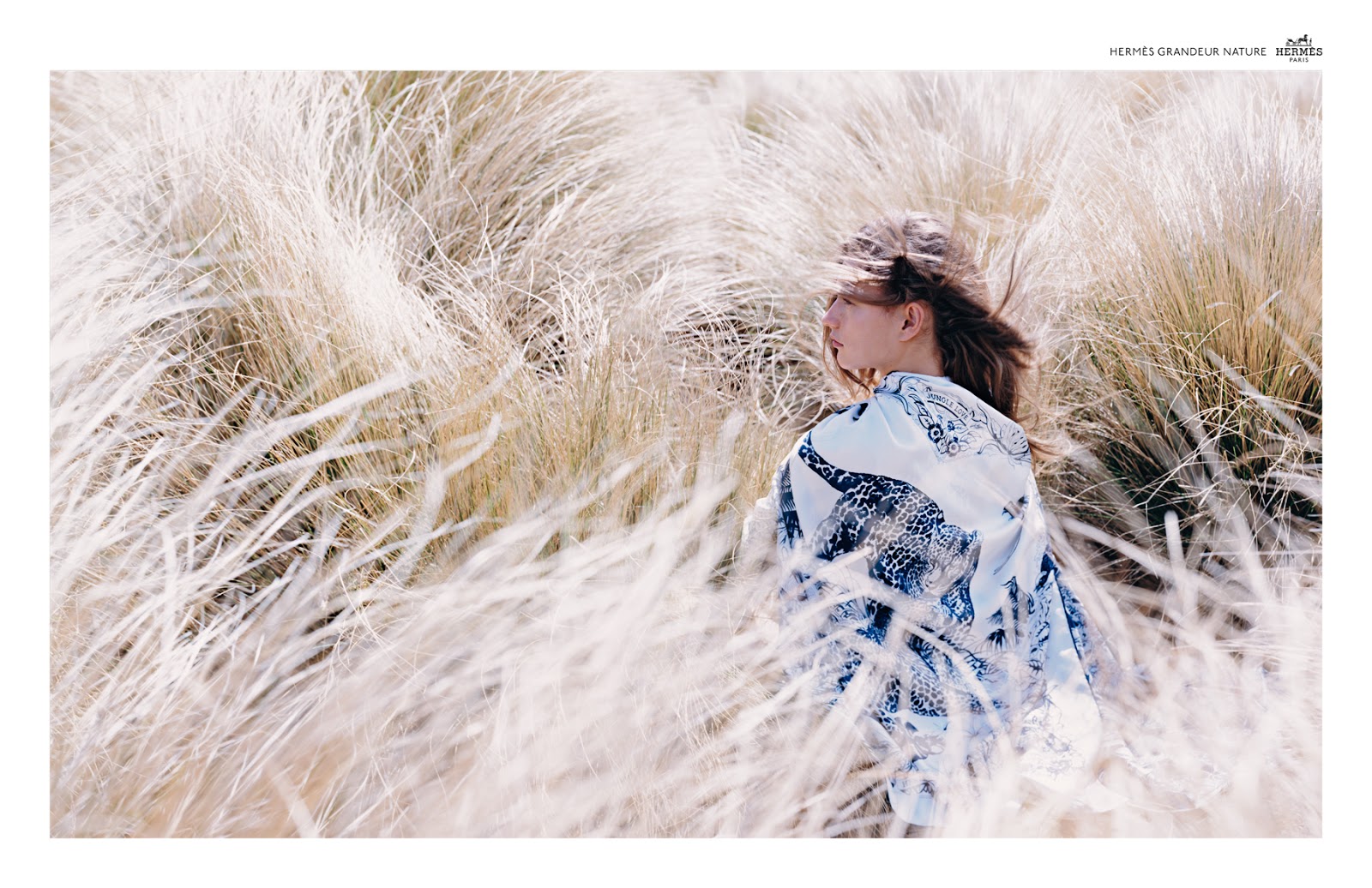
Number of Hermes stores in China by end of 2015: 22
2. Dior
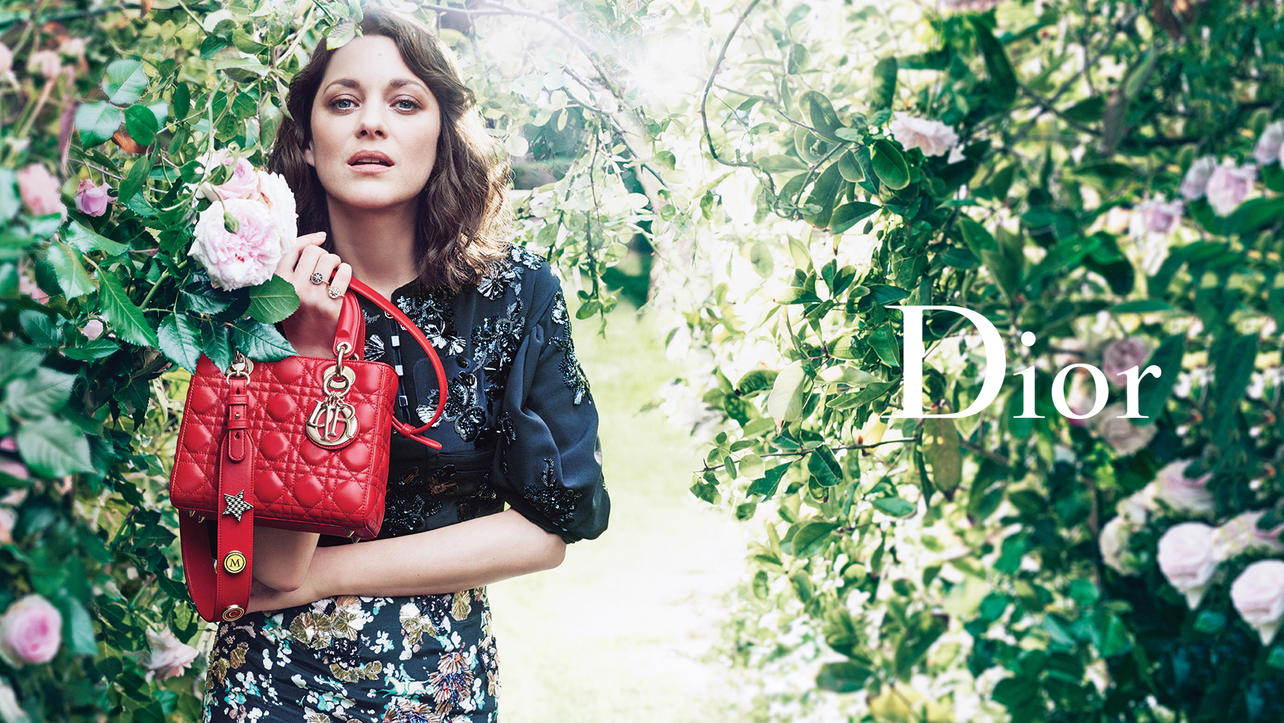
Number of Dior stores in China by end of 2015: 22
1. Chanel
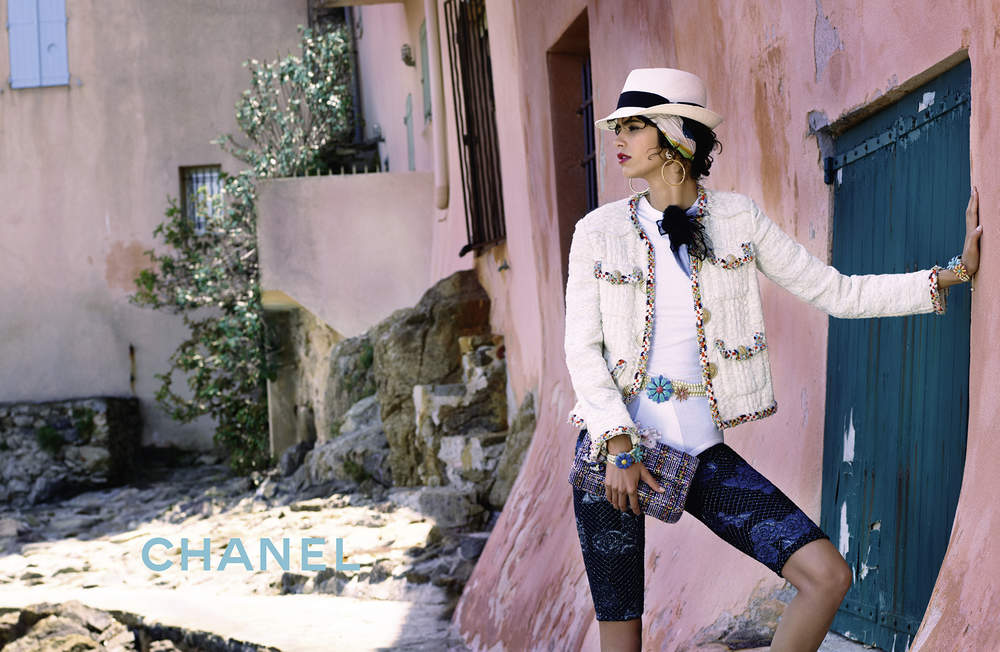
Number of Chanel stores in China by end of 2015: 11
Despite only having 11 stores in China by the end of 2015 (the fewest among the 10 brands), Chanel has landed the number 1 most popular luxury clothing and accessories brand in China, whereas Armani, with a whopping 154 stores in the country, only managed to land 7th place. Similarly, Louis Vuitton, the world’s most profitable luxury fashion brand, has only managed to score 4th place.
Key Takeaways
The first and most obvious lesson here is that more stores does not equate to more mindshare or popularity. Physical store visits and window shopping at malls are not the only sources of awareness for brands and there are many different other choices, such as the brand website and fashion magazines that consumers peruse. Some of these brands may be more efficient and effective at using these other avenues for their marketing campaigns than others, and have therefore managed to reach more audience.
Another key implication is that scarcity or the limited number of shops may create a unique dimension of exclusivity. This draws some consumers and aligns with the brand being hard to get or more limited in supply therefore drawing higher perception of the brand. Indeed, 70% of Chinese affluent consumers agree that they buy luxury brands for their exclusivity.
Moreover, Chinese consumers care about a brand’s product quality with the “superior quality” attribute taking up the most weight in the total sum of products for the calculation of the brand index used for this ranking; therefore, brands most popularly voted to have superior quality are bound to land top 10 spots in the overall ranking. What this implies is that to appeal to Chinese consumers, superior quality needs to be showcased and emphasized in all creatives and campaigns, either through words or imagery – such as by exposing the quality of the material better.
Lastly, one may notice that the Top 10 brands tend to be big global names, such as Chanel and Louis Vuitton. What this means is that consumers might be more prone to associating brands that are already widely known globally with attributes like “superior quality” and “superior customer service” even when they may not reflect the brands’ actual qualities. Those at the top can use this as an advantage, yet those who aren’t need to work harder and more effectively to promote their brand, products and services.
To find out more about detailed rankings, metrics and consumer insights from Agility, visit www.agility-research.com

